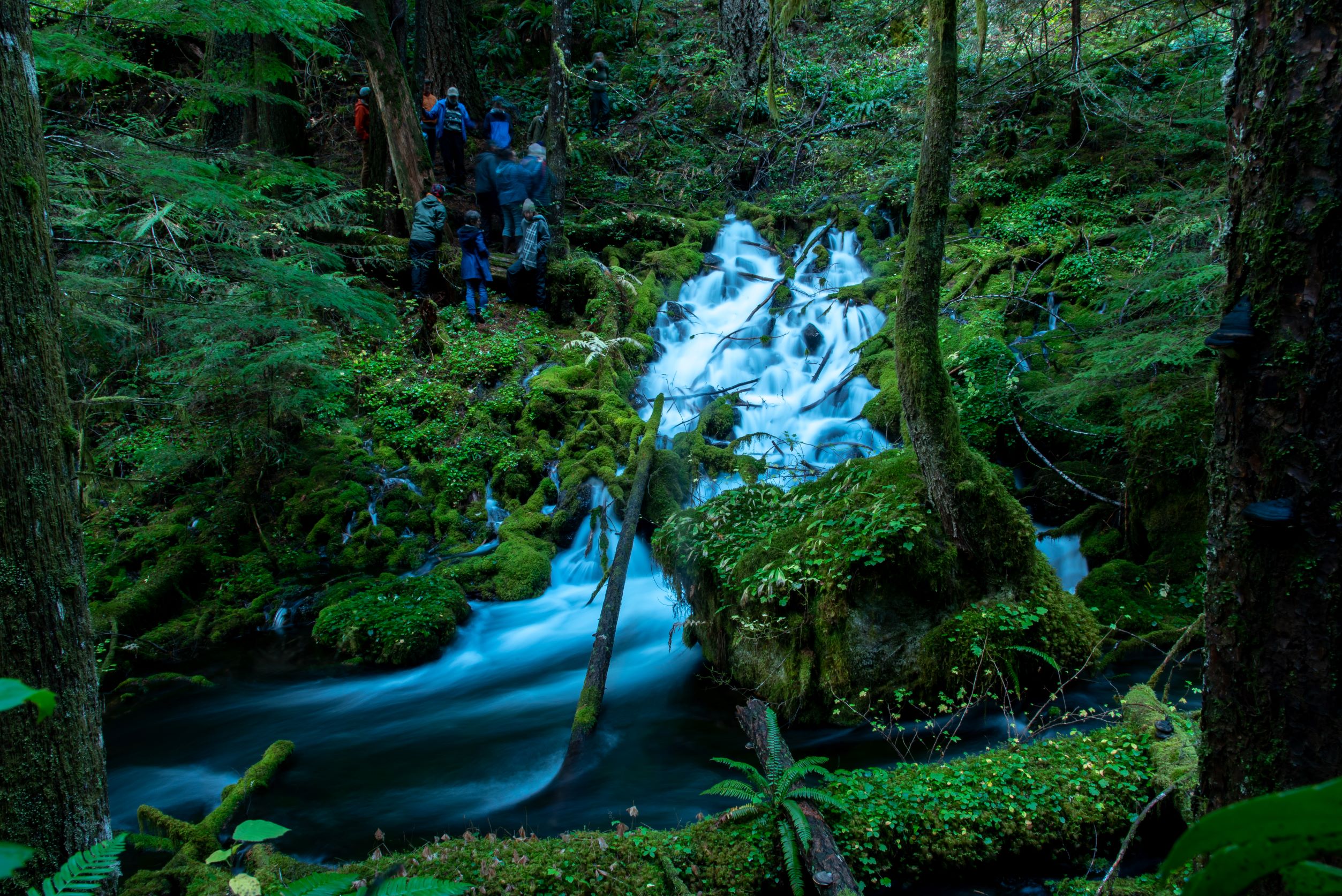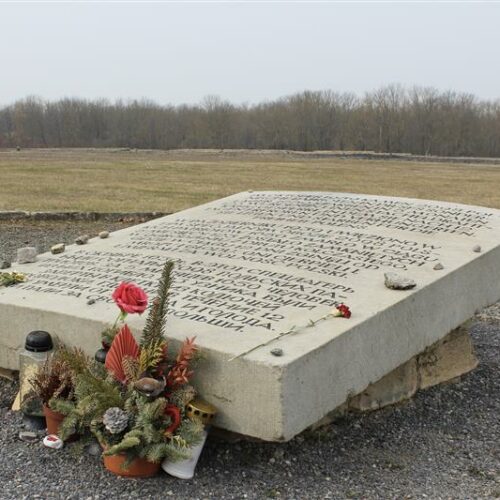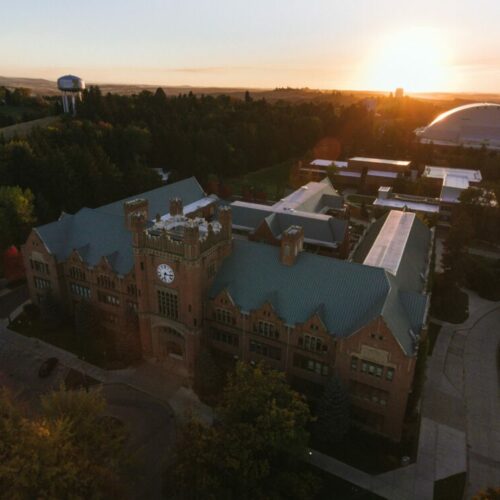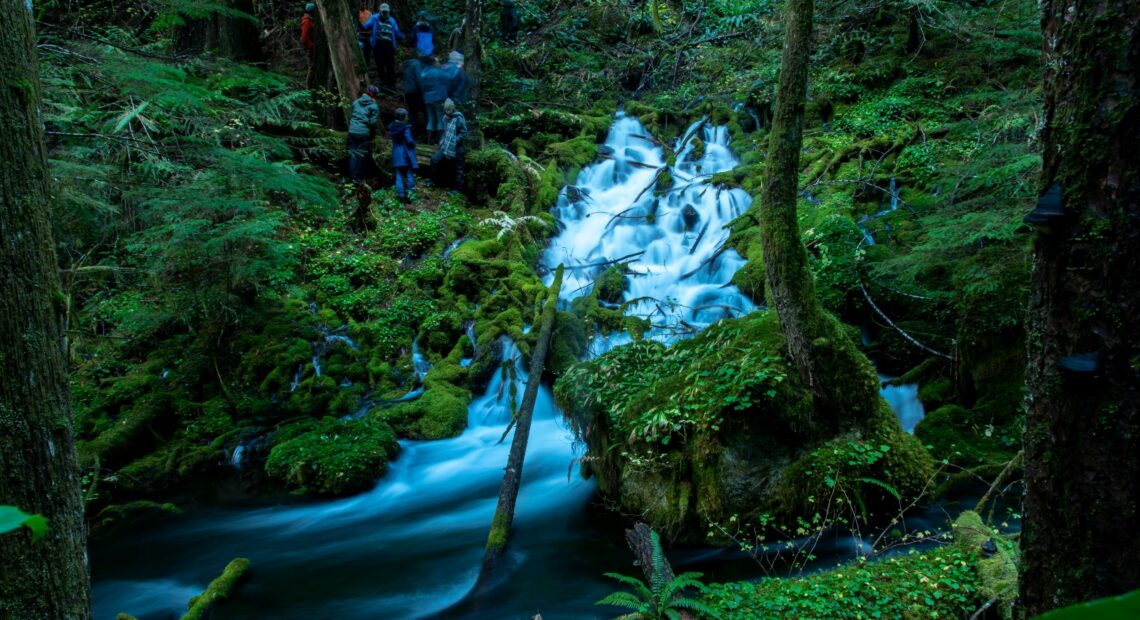
Aquifer discovered in the Cascades could be one of the largest in the world
Listen
(Runtime :54)
Read
Recent research reveals an aquifer in the Oregon Cascades holds a significant volume of water stored in volcanic rock, about three times the maximum capacity of Lake Mead.
“Water is one of our most critical resources and will become more so as climate change proceeds,” said Leif Karlstrom, a volcanologist and earth scientist at the University of Oregon. He worked on the study.
The study was originally intended for geothermal energy exploration, Karlstrom said.
“In trying to understand the evolution of the Cascade volcanic mountains, we’ve discovered the scale of water that is stored in the ground is immense, and probably one of the largest mountain storage reservoirs on the planet,” said Gordon Grant, a research hydrologist for the U.S. Forest Service.
Understanding how much water is in play in this large volcanic aquifer could influence decisions about how to manage the forests and water resources, he said.
“The volume of water that we found in just the central portion of the Cascades is equal to twice the reservoir storage capacity for the entire Columbia River, taking you all the way up to Canada, or twice the storage capacity of what California has for reservoirs,” Grant said.
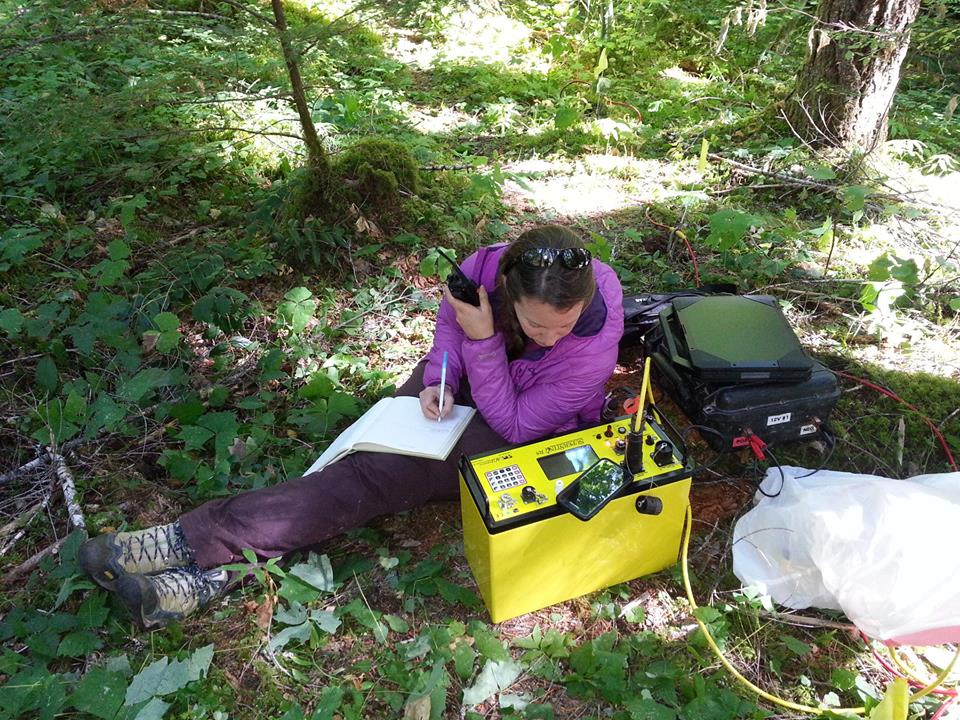
Beth Burton, a geophysicist with the Bureau of Reclamation, uses electrical resistivity tomography in support of mapping the aquifer. Burton gathered data with Lyndsay Ball, an author on the study. (Credit: Becky Fasth)
The Cascade volcanic system acts as a giant sponge that absorbs water and releases it slowly in the form of springs that feed many of the big western rivers, Grant said, which waters agricultural crops and provides water for Northwest cities.
Both scientists said the discovery is a gift, but it has to be managed sensibly.
“We have a lot of water, and it is sensitive to a change in climate,” Grant said. “And we have to be thinking along these lines if we want to plan into the future.”
By actively mapping out the groundwater, researchers are also mapping out volcanic hazards, Karlstrom said.
The Cascade Volcanic Arc is a chain of volcanoes stretching from British Columbia, through Washington and Oregon and down to Northern California. Techniques to figure out how much water the mountains hold have improved in recent years, Grant said.
“We call it near surface geophysics,” Grant said. “You can fly around with a helicopter or an airplane and you get pictures that tell you what’s in the ground, including where the water is.”
The recent research could lead to future studies, as scientists want to have a sense of how much water they’re dealing with, Grant said.

